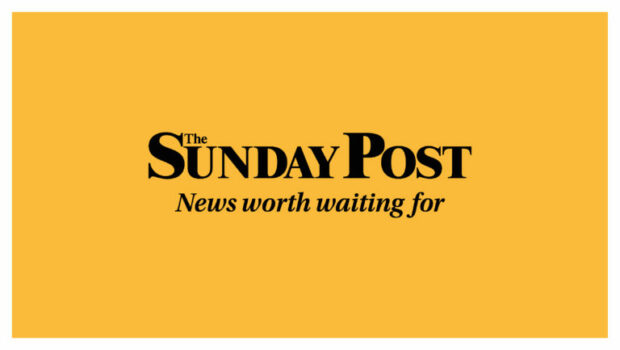
If Louis Brandeis was right to suggest “sunlight is the best disinfectant” then Scotland’s public servants have already shut the curtains and are now busy stitching them together.
The turn-of-the-century US judge believed transparency and openness – being it, not just saying it – is how institutions stay clean but it seems more weeks than not, Scots are finding out about another secret report, mislaid document, or forgotten file.
Sometimes the official version of events, the written record of how and why, to take just one example, ministers signed off on a £95 million contract for two new ferries without including standard financial safeguards, is, like Macavity the mystery cat, simply absent, not there, disappeared, left the building.
Certainly, the lack of a paper trail leading to and from the biggest decisions that launched the unfolding debacle on the Clyde seems to have surprised Audit Scotland, where, happily, Stephen Boyle, the new Auditor General is following in the forensic and fearless footsteps of his predecessor Caroline Gardner to help ensure our public finances are properly scrutinised.
As MSPs were asking about that last week, up the Royal Mile, Edinburgh City Council was continuing to conceal its own internal report into how children and young people were failed by those meant to be caring for them. An executive summary of the litany of assaults, abuse and dysfunctional management uncovered by investigators gives only a flavour of the shaming scandal.
Meanwhile, councillors, representing, you know, the people of Edinburgh, need special dispensation and a unique password to read how their own local authority so abjectly failed some of the most troubled young people in Scotland.
The extraordinary digital security is, we are gravely told, about protecting the privacy of the young people and not at all about preventing leaks and protecting the reputation of senior council officials, who were apparently unaware of the multitude of serious problems in their secure care service despite an escalating clamour of concern and complaint. Of course, the Care Inspectorate didn’t help with a series of glowing reports but it will no doubt be as eager to explain what went wrong as the council’s executives. Around the time big fat Berkshires are winging around the Castle.
It is not just Edinburgh council though. Everywhere, authorities, answerable to the public, are pulling the shutters down, refusing simple requests for information and stonewalling inquiries.
Ask for the time and then wait to be told that, sorry, a Freedom of Information request might be needed for that one. It is a rotten but pervasive culture of concealment, a gale of secrecy slamming shut filing cabinets across Scotland’s public institutions.
It’s long beyond time to let the wind die down and open the curtains.

Enjoy the convenience of having The Sunday Post delivered as a digital ePaper straight to your smartphone, tablet or computer.
Subscribe for only £5.49 a month and enjoy all the benefits of the printed paper as a digital replica.
Subscribe